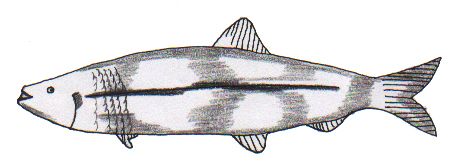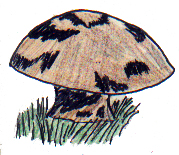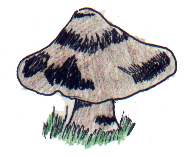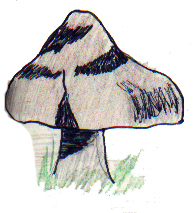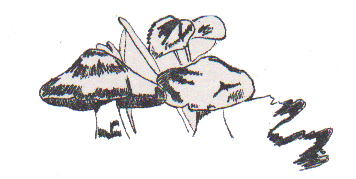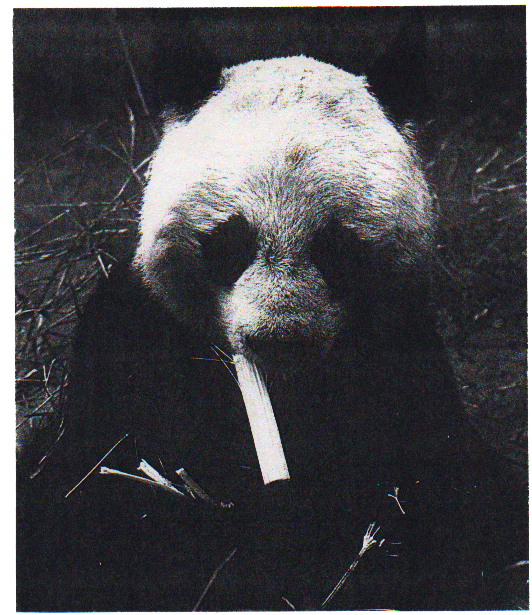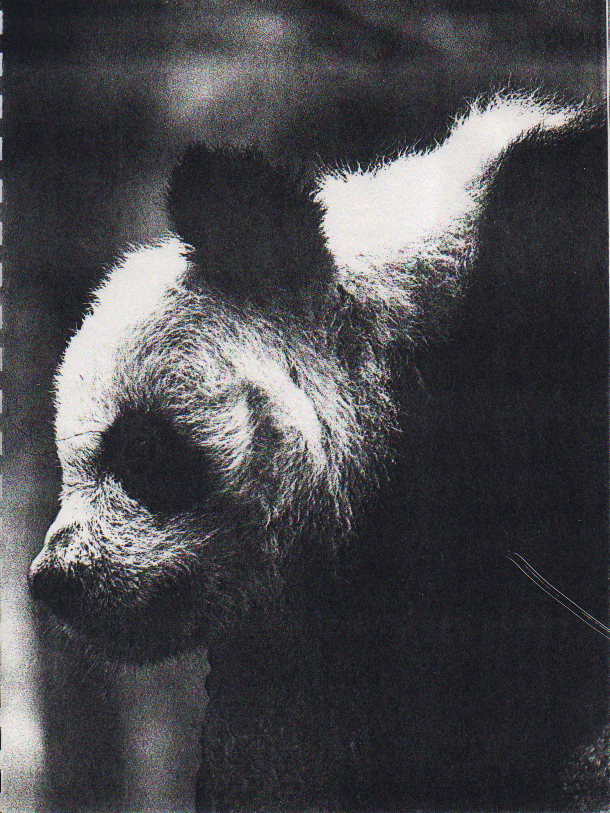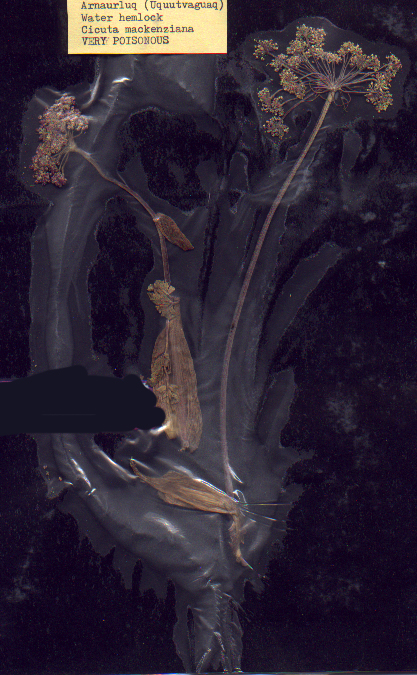 This collection of student work is from Frank Keim's classes. He wants to share these works for others to use as an example of culturally-based curriculum and documentation. These documents have been OCR-scanned and are available for educational use only.
This collection of student work is from Frank Keim's classes. He wants to share these works for others to use as an example of culturally-based curriculum and documentation. These documents have been OCR-scanned and are available for educational use only.Special | A | B | C | D | E | F | G | H | I | J | K | L | M | N | O
P | Q | R | S | T | U | V | W | X | Y | Z | ALL
P |
|---|
Pacific Herring:
Pacific Herring
(Clupea Pallasii) (Iqalluarpak)
The Pacific herring is one of more than 180 species in the herring family, Clupeidae. This family contains the world's most abundant and commercially important fishes. Herring also are an important food source for a wide variety of fishes mammals and birds. Herring have a blue-green upper body with silvery sides and are devoid of markings. The body is compressed and the scales are along the underside. Their scales are large and easily removed. These fish may grow to 18 inches in length but an eight inch specimen is considered large. Pacific herring generally spawn during the spring. In Alaska, spawning is first observed in Southeast Alaska during mid-March, in Prince William Sound in April and May, and at Kodiak during May and June. The eggs are adhesive and survival is better for those eggs which stick to intertidal vegetation than for those which fall to the bottom. Milt released by the male drifts among the eggs and fertilizes them. Herring spawn every year after reaching sexual maturity at three or four years of age. The number of eggs varies with the age of the fish and averages 20,000 annually. Average life span for these fish is about eight years. Mortality of the eggs is estimated at 56 to 99 per cent, depending on locality and environmental conditions at the time of spawning and during incubation. The major sources of mortality are wave action, predation and exposure at low tide. Herring are located in different environments during different periods of the year. After spawning, most adults leave inshore waters and move offshore to feed primarily on zooplankton such as copopods and other crustaceans. They are seasonal feeders and store fat reserves for periods of relative inactivity. They swim in large schools in the fall and move inshore to winter in deep bays. Alaska's herring industry began in 1878 when 30,000 pounds were marketed for human consumption. Herring are now harvested primarily for use as bait for the halibut, crab and salmon troll fisheries and also for their roe which is sold to the Japanese.
Cheryl Hunter | |
|
Palassa's Exciting Summer:"Palassa's Exciting Summer"
This summer I went up to Fairbanks for 6 weeks. I left Marshall on June 7, 1991 and got home on July 19, 1991. When I got to Fairbanks we settled in and waited for the other students to come. After the students got in, the next day we went to a camp. The camp was called Camp Bingle. We stayed there for 2 nights and 3 days. When we were there we got to know each other more by splitting up into groups and telling each other about ourselves. Our counselors taught us about camp life and how to use camp equipment. We played a lot of games and did a lot of skits for the whole 3 days. Then we headed back to campus where we started to register for our classes. We had 2 required classes and 2 electives. The classes I took were: Math 001, Language Arts 003, Art, P.E., and Swimming. Our classes were pretty long. They were about an hour and 30 minute classes. Our classes lasted until 3:15. Then we had to go to study hall at 3:30, and it ended at 5:00. The classes I took were the same for the whole 6 weeks. My teacher for Math 001 was Dawn, for Language Arts it was Sara Darnelle McGee, for Art it was Jane, for swimming it was Shanie and for P.E. it was Paul. My tutor counselors were Kathie, Joanne, Paul, James, Victor, Karen, Chris, Colleen, Dovya, John and others whose names I have forgotten. We ate our breakfast, lunch and dinner at the Wood Center. We even got our snacks from there too. We used to go out on weekend trips to Chena Hot Springs, Denali National Park, Valdez and Anchorage. I learned a lot of things that I hardly knew before and I wish I could go there again. By: Palassa Sergie 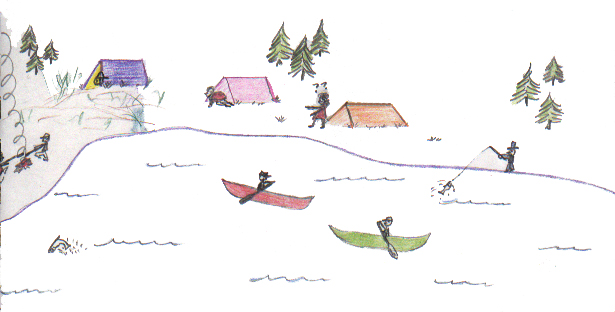 | |
|
Palukutaq:
Found: in hills and mountains, also in dry flat areas of the deltas. Edible: Yes Preparation & Use: Pick them when dry. Cut them into little pieces and mix into akutaq with black berries & bear berries. When cooking bird you slice them into bits and pieces and cook with bird. Eat them with bird. Credit: Lizzie Strongheart Interviewed by: Joseph Strongheart
| |||||||||||||||||||
| |||||||||||||||||||
Paluqutat - Deer Mushroom:PALUQUTAT-DEER MUSHROOM
(PLUTEUS CERVINUS) THERE ARE TWO KINDS OF MUSHROOM IN HOOPER BAY. THE RED MUSHROOM IS NOT EDIBLE. BUT THE BROWN MUSHROOMS, "PALUQUTAT" ARE. YOU CAN MIX THEM WITH SALMONBERRIES SO THAT THEY ARE SOUR AND JUICY AND EAT THEM OR YOU CAN EAT THEM RAW WITH SEAL OIL. BUT YOU DON'T COOK THEM. THESE ARE THE KIND THAT THE REINDEER ALSO USED TO EAT IN THE PAST. DICK BUNYAN
Interviewed by
| |
|
Panda Bear by Palassa Sergie:
Panda Bear A Panda bear is like the Koala bear but they aren't true bears. Pandas are big with white and black colors. They have black ears, legs, eye patches, feet, chest, and shoulders. Sometimes the tip of the tail is black. Both males and females look alike. They both are 6.25 to 6 feet in length and they weigh up to 200 pounds. But the male weighs 10 to 20 percent more than the female. The Chinese people call the Pandas "Xiongmao," which means "giant catbear." This is because Pandas have vertically split eyes just like cats. All the other bears have round pupils. The Panda also has a sixth finger which is something like an opposable thumb. In reality the thumb is only an enlarged bone which has independent movement. It is very important to the Panda because it helps handle the bamboo stems and leaves that they eat. It has to eat up to 45 pounds of the plant in order to survive each day. Pandas have no heal pad though like the rest of the bears. Pandas have lived in the forests of China since the Pliocene Epoch. They have been around for 12 million years. Long ago they roamed as far north as Beijing and as far south as northern Burma. Pandas live in bamboo thickets that provide them with food and protective cover. They are built short and squat so they can slip right in when they need shelter. The Panda bear doesn't gallop like the rest of the bears. They trot like cats, and after they are done eating they lie around just like cats too. Pandas even climb trees, marking the trees with claw scratches. They don't hibernate like the rest of the bears. They go to lower elevations and continue to feed on bamboo. They don't make winter dens. They sleep in hollow trees or rock crevices only during very bad storms. Wild Pandas are active most of the time looking for bamboo to eat. No one knows how long a Panda may live, but they say they may live up to 30 years. Panda cubs really dislike dogs and leopards. But adult Pandas rarely have enemies other than humans. The Panda's home range is from 1.5 to 2.5 square miles. When adult Pandas are together they make very loud noises. Some noises they make are: chirps, yips, squalls, moans and barks. Pandas mark their territory by urinating on it. They sometimes do it in a weird way, by doing a handstand to get very high. Pandas are found mostly in zoos. There they can do a lot of things they are taught by humans) Iike stunts, riding a bicycle, rolling somersaults, eating with a knife and fork and even dunking a basketball. Palassa Sergie | |
|
Paranoid:PARANOID
As I awoke, I heard strange noises coming from beside me. I saw weird figures with two legs and two arms that stood straight up. And they spoke in weird languages I had never heard before in my life. As I kept on looking at them a small figure stared at me and screamed. I got startled and ran into the bushes. I kept on thinking, what in the world were those things standing right by my side? When I reached a nearby mountain I saw a small village. Another fox told me the village was called Marshall. I asked him what those two footed and two armed figures were? He told me, men who killed animals for their skins. They also traded with other people who came with barges each summer. I was getting more and more curious as to what he was saying. 
| |
|
Parent and Elder Stories:
Christmastime Tales II Parent and Elder Stories
- Nastasia Turet - Ruth Ann Fitka - Delores Paul - Palassa Fitka - Natalia George - Ray Alstrom - Angeline Coffee - Theresa Boots - Irene Evan - Kathy Peteroff - Frank Amouak | ||||||||||||||||||||||||
|
Parsley Family:Parsley Family
Arnaurluq (Uquutvaguaq)
 Wild Celery Ligusticum hultenii ik'ituq | |
|
Part of My Summer:PART OF MY SUMMER
This summer was okay. Fred, Anna, Roberta, Martha, Mary Fitka, Jackie, Moe, Fedusia and I went behind Pitcher Mt. We went hunting, berry picking, egg hunting and camping. When we went hunting, we saw lots of ducks, swans and geese. When we tried getting closer, they flew away and Jackie and Moe start shooting at them.. Jackie caught five ducks and Moe caught two geese,one duck and two swans. After they caught them we went egg hunting. Roberta found three seagull eggs and three Ptarmigan eggs. When we were looking for eggs, I had a twenty two single shot and Jackie came over to me and asked me if I wanted to sneak up on two swans, I said yes. When we were close, they flew up and me and Jackie started shooting at them, but we missed them. After that we turned around and went back to camp which was right across from us. We had to go by boat to get there before getting ready for bed time, Roberta cooked chicken in tin foil over the fire. Some of the chicken was burned and black. The next day we went picking berries and we saw two foxes. We ran down to the boat but Fred, Moe and Jackie were still on the tundra, so Roberta, Martha. Mary and Fedusia went back to pick some more berries. Anna and I stayed in the boat and I took my twenty-two and shot at target sticks in the water. While I was targeting Anna told me she saw a beaver, and it keep popping out of the water. I almost shot it but it dived under the water. Then we went to another camping spot and had supper after picking some berries. After supper we went to bed. When we got up we heard howling in the trees a little ways back of the tent. Alter we had breakfast, we took down the tent and left the slough for home. By Kathy Duny
| |
|
Patrick Coffee:Patrick Coffee
Head Start Maitenance Man Patrick (Patty) Coffee is a maintenance specialist working with the Head Start program. Patty is employed by Ruralcap. He has had maintenance training and has a high school diploma. He mainly works in and around the Head Start building. He makes $6.40 an hour and works five hours a day, five days a week. His superviser is Barbara Fitka. Patty's three main job responsibilities are to clean and maintain the Head Start building, help and mind the students, and check the post office for supplies and other things. Patty expects to work as long as he wants with Head Start. The best thing about his job is the pay. The worst things about his job are getting up early and minding the children. His advice to younger students is: "Think twice before you get this job." By: | |
|



